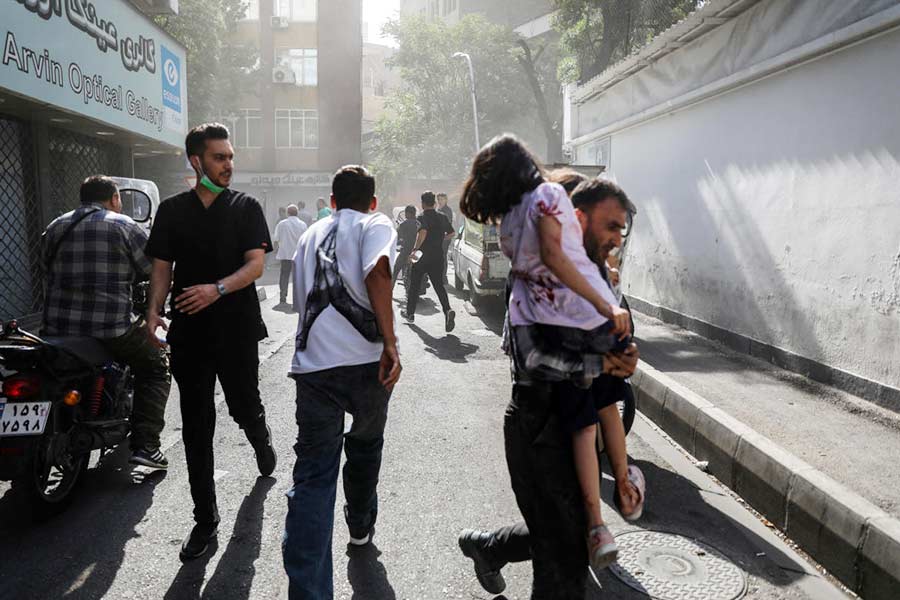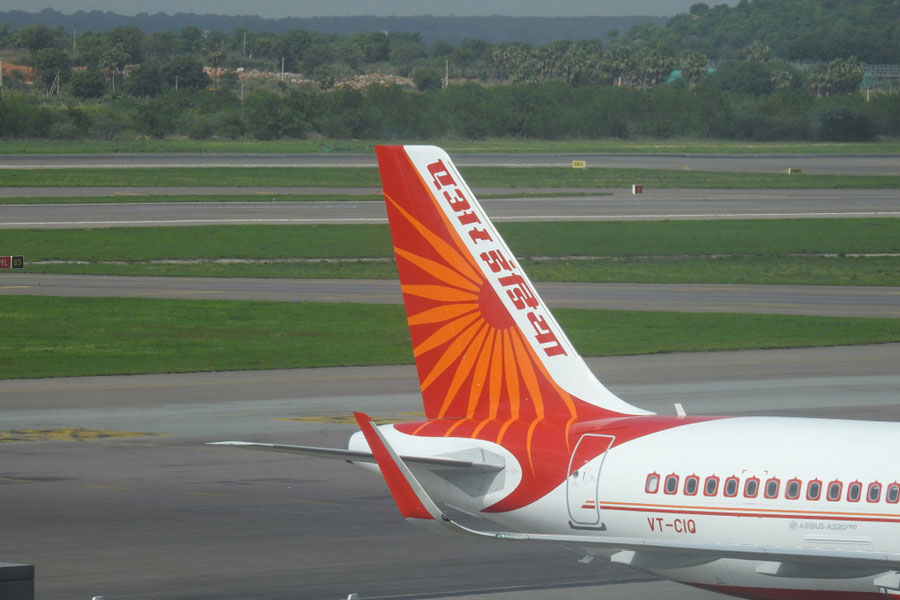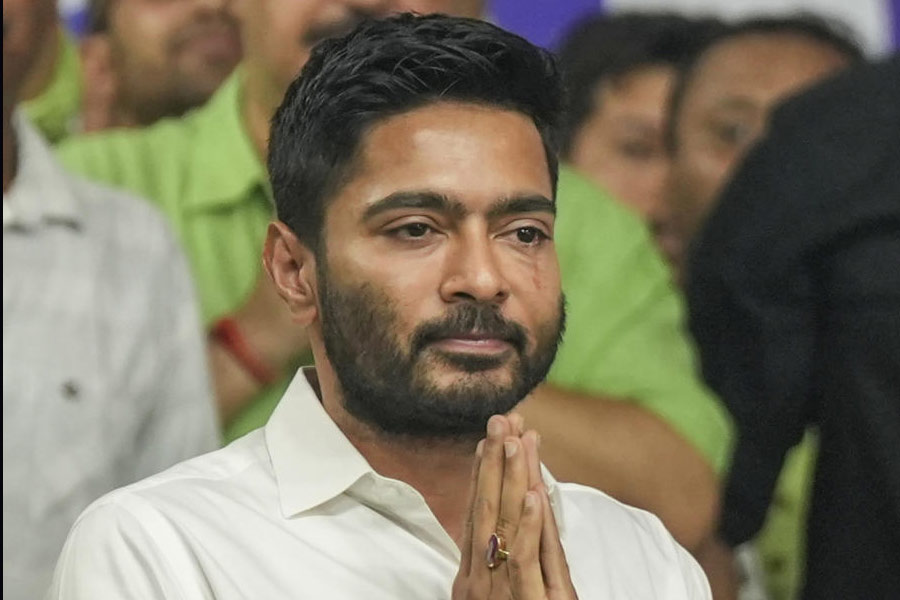 | Guest Column Priyambada Mohanty Hejmadi |
The history of Bhubaneswar is viewed in two phases: ancient and modern. The ancient city has a history going back to more than 2,000 years.
The first mention of Bhubaneswar in Indian history is in the Kalinga War near Dhauli in the 3rd century BC. The edicts of the Mauryan emperor, Ashoka, dating between 272 BC and 236 BC, can be seen in the Dhauli hills. The Jain and Buddhist shrines give an insight into the settlements around Bhubaneswar between 1st century BC and 2nd century BC. Emperor Kharavela established his capital around 1st-2nd century BC. Later, it became the capital of the Kalinga empire and a series of temples was built throughout ancient and medieval ages giving it the status of Temple City or a City of Cathedrals. The temples were built in a distinctive Kalingan style that became more and more intricate culminating in the magnificent temples of Lingaraj in Bhubaneswar, Jagannath temple in Puri and the Konark. I was pleasantly surprised to see the picture of Lingaraj temple in a book on medieval architecture brought by my granddaughter from her school library in the US.
Cuttack was the capital of Odisha when India got Independence in 1947. However, owing to Cuttack’s vulnerability to floods and space constraints, the capital was changed to Bhubaneswar. Bhubaneswar was formally inaugurated as the capital of Odisha on April 13, 1948, by Pandit Jawaharlal Nehru. Modern Bhubaneswar was originally planned by German architect Otto Königsberger to be a well-planned city with wide roads and many gardens and parks. Though part of the city has stayed faithful to the original plan, the rapid growth and development of new areas with no respect to the original plan in the past few decades, has made part of the city disorganised and unwieldy.
Bhubaneswar , now a metropolis, also has its share of slums. To make matters worse, the Bhubaneswar Municipal Corporation has added open drains in many residential areas, which are now dustbins for public and municipality workers. As conceived by Königsberger, the new capital area was neatly divided into different units and houses were constructed under the leadership of government architect J.L. Vaz. My father B.C. Mohanty was one of the leading contractors, who built the whole of Unit- I and a few type VIII quarters behind the GPO in Unit III. He was allotted the camp site opposite the present AG office, now occupied by the Indira English School etc. Occasionally, I used to accompany my father to Bhubaneswar when it was established. Massive constructions were going on, roads and buildings were coming up at a fast pace, changing the geography from extensions of the Chandaka forest into a barren concrete jungle. I vividly remember the huge cranes uprooting huge trees to level the ground so that the town could be built as per the plan. When I asked my father the reason for this demolition, he informed me that all the trees were being demolished to have a flat land on which rows of houses of different dimensions could be built with parallel and criss-cross roads. Raised in Cuttack, the town with “Baun bazaar and Teppan gali”, it sounded good to have such a planned town. Hundreds of trucks were transporting materials honking their way and it was dusty everywhere! But, the trucks were allowed only to use their “squeeze type” horns (looked like large balloons), making it relatively less penetrating and noisy. I was told that the wife of the then chief engineer was upset with the cacophony of high decibel of the hydraulic horns and convinced her husband to take this step. Thinking back, I feel that by doing so, she saved the hazards of noise pollution that would have affected the people working continuously for long hours.
Later, while going around the new Bhubaneswar, late Ratna Fabri (famous artist and wife of the legendary art critic Dr Charles Fabri) expressed great concern about the psychology of children who were growing up in the small quarters, which meant a lower status for their parents. For the first time I realised what seemed attractive as a planned city could have a negative impact on the psychology of children! I distinctly remember my father showing the market building during its construction, and indicating that since Bhubaneswar is the Temple City of India, the temple architecture has been incorporated into the eastern and western towers by Vaz. Of course, the towers are hardly noticeable now. Ever since my introduction to the eastern and western towers, I feel good when I see temple architecture in new buildings.
When, the government of India decided to build the Regional Museum of Natural History in Bhubaneswar, as chairman of the advisory committee, I suggested that Kalingan architecture be incorporated in the building. The then deputy secretary of the ministry of environment and forests Keshav Desiraju accepted my suggestion. When I took Desiraju to meet our then chief minister Biju Patnaik, I mentioned that Desiraju happened to be the grandson of the honourable Dr S. Radhakrishnan and the CM remarked: “Your grandfather was my Guru!” Later, Desiraju went around the temples of Bhubaneswar to see what I was talking about, and instructed the architects of the ministry to design the building accordingly.
Visitors to the museum have been eloquent in appreciation of the excellent architecture. Unfortunately, a very ugly multi-storey building has come up behind it, ruining the beauty.
In addition to the museum building, few buildings stand out in Bhubaneswar that reflect the temple architecture.
These include the airport building, Nalco building, a hotel in Jayadev Vihar and the recently-constructed Eastern Railway headquarters. Of course, in keeping with the development of Bhubaneswar, architects are bringing in other architectures in town. The grand building of the police commissionerate is in the Greco-Roman style. But, for some reason or the other, although I am impressed by the new mega buildings of different organisations, I remain a fan of our temple architecture.
I am looking forward to the days when our architects can take the medieval Kalingan style to a level befitting the 21st century and make us proud.











